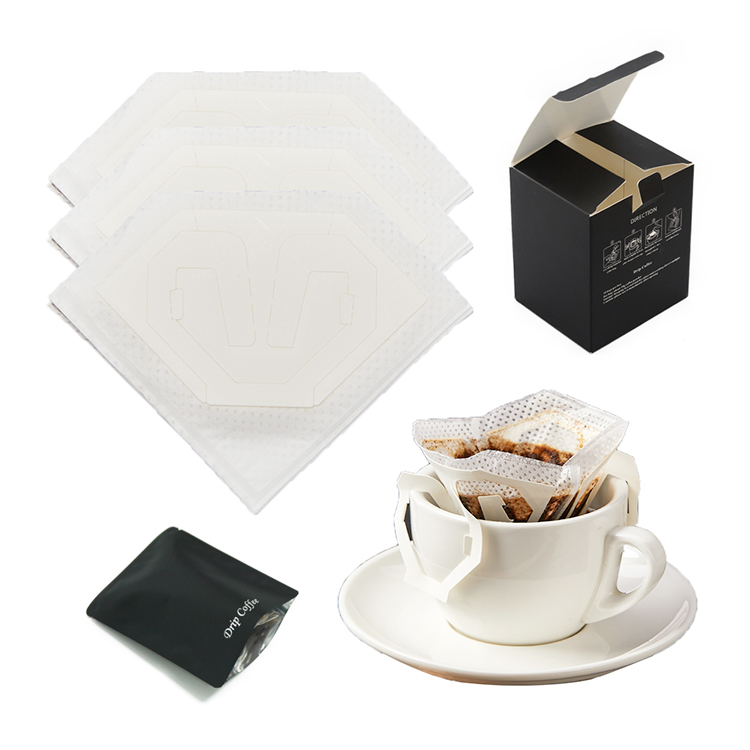In the world of coffee lovers, convenience and quality often collide when it comes to packaging choices. Drip coffee bags, also known as drip coffee bags, are popular for their simplicity and ease of use. However, the materials used in these bags play a vital role in retaining the aroma and flavor of the coffee while ensuring environmental sustainability. Let’s take a deeper look at how to choose the right material for drip coffee bag packaging.
Barrier properties: One of the main considerations is the material’s ability to maintain coffee freshness. Look for materials with excellent barrier properties that will prevent oxygen, moisture, and light from penetrating the bag. Common options include foil-lined films or laminates that effectively block external elements.
Environmental impact: With people’s increasing concern for the environment, environmentally friendly packaging solutions are gaining more and more attention. Choose materials that are biodegradable, compostable or recyclable. Plant-based materials such as PLA (polylactic acid) or bio-based films offer sustainable alternatives to traditional plastics.
Print Compatibility: Materials should be compatible with printing technology to effectively display brand and product information. Ensure the chosen material allows for vibrant and durable printing to enhance the visual appeal of your packaging.
Heat sealability: Drip coffee bags need to be securely sealed to maintain freshness. Choose a material with excellent heat sealability to ensure a tight seal around the edges of the bag, preventing any leakage or contamination.
Strength and Durability: Packaging materials should be strong and durable enough to withstand the rigors of handling and transportation. Choose materials with tear and puncture strength to prevent accidental damage during storage or transportation.
Cost-Effectiveness: While prioritizing quality is crucial, also consider the overall cost-effectiveness of the materials chosen. Balance material quality and cost to ensure it fits within your budget constraints without compromising the integrity of the packaging.
Regulatory Compliance: Ensure selected materials meet regulatory standards for food contact materials. Look for certifications such as FDA approval or EU food contact compliance to ensure the safety and suitability of coffee product packaging materials.
In summary, selecting the right material for drip coffee bag packaging requires a careful balance of factors such as barrier properties, environmental impact, print compatibility, sealability, strength, durability, cost-effectiveness and regulatory compliance. By considering these aspects, coffee producers can choose packaging materials that not only maintain the freshness and quality of their product, but also meet their sustainability goals and regulatory requirements.
Post time: May-06-2024
